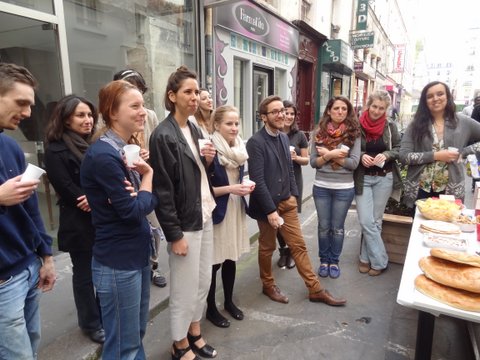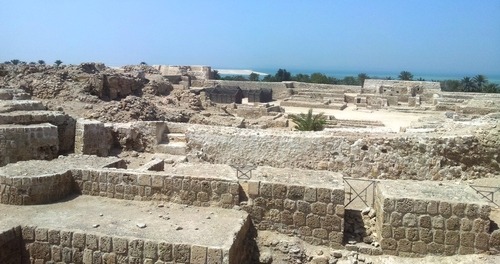
J… and General Al Radhi and General Nagi, in one of our endless and obviously pointless police reform strategy sessions
I wrote this while a member of a Police Reform mission in Sanaa in 2012. My team leader asked me to brainstorm with the Ministry of Interior’s Communication Department to see what could be done in terms of reform there. In contrast to the rest of the police, this department’s members were very reform-minded (as many socialist ex-South Yemenis officials are) and we had a fascinating exchange. After following up in subsequent meetings, I penned down my recommendations for a MoI comms strategy, in which producing a TV series played a central part. With the currently unfolding events in Yemen I feel free to share these recommendations with you.







